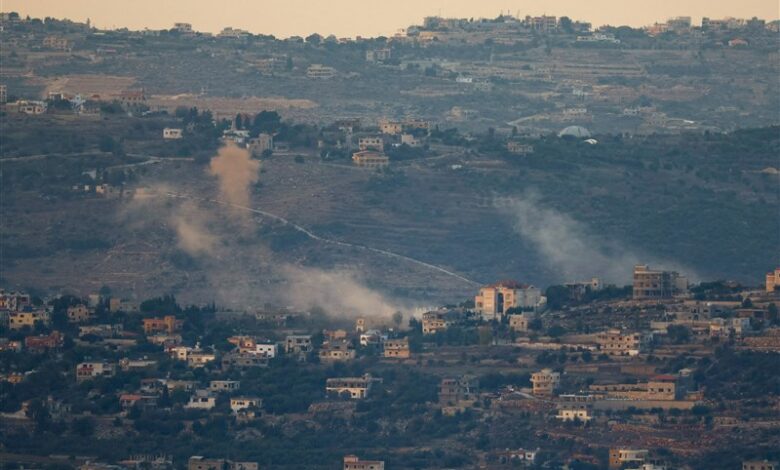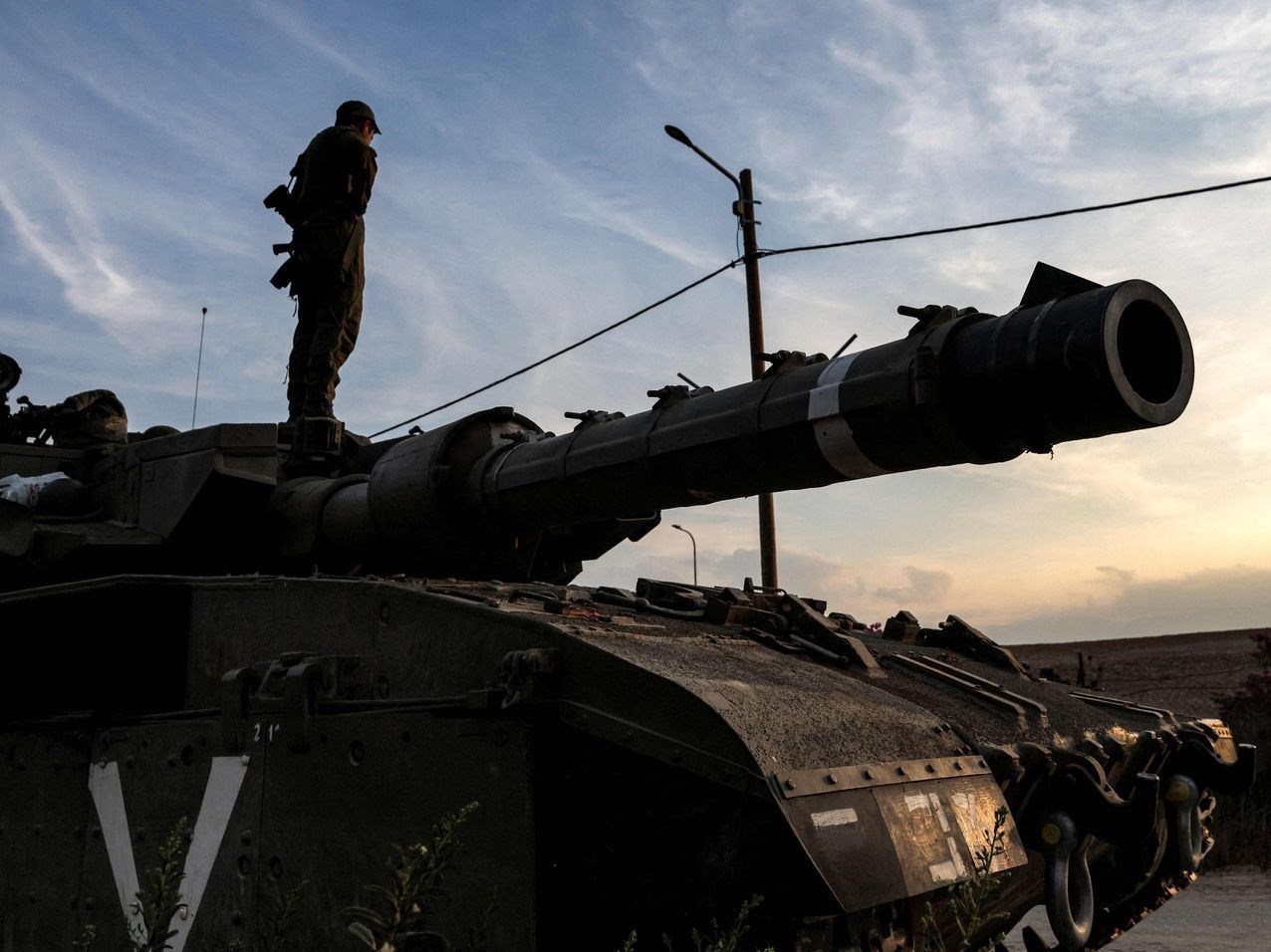Al-Aqsa storm and Vahdat Meyedin; The performance balance of the resistance against Israel

| In general, it seems that the relatively coordinated and decisive reaction of the network of resistance groups after the Al-Aqsa storm operation indicates the successful implementation of the "unity of the fields" strategy and the effectiveness of the formation of the "joint command room" by the resistance axis. |
According to the report of the international group Tasnim news agency, then Since the Sword of Quds war in May 2021 and during the series of meetings of senior political officials and commanders of resistance groups, the operationalization of the strategic policy of “unity of fields” was put on the agenda.
According to this new policy, if any of the resistance member groups enters a level of tension with the enemies, strategic decisions will come out of the “joint command room” meetings and the decisions made in these meetings. The surprise operation of Al-Aqsa storm on the 7th of October 2023 provided a good opportunity to evaluate the possibility of implementing the “unification of the fields” strategy based on the “internal” requirements of each of the member groups of the resistance axis in Lebanon, Iraq, Yemen and Syria. In the continuation of this note, we will try to examine the degree of “efficiency” and “operationalization” of the strategy of unity between the fields during the Gaza war.
Landing on the northern front in the first During the execution of the Al-Aqsa storm operation, the Zionist army called for 300,000 reserve forces and demanded the mobilization of all its military power to encircle and begin extensive operations in the Gaza strip. Tel Aviv’s move towards starting a large-scale operation in the dense Gaza area caused the Islamic resistance of Lebanon to carry out targeted and targeted attacks against armored vehicles, intelligence-radar stations and Zionist forces in the occupied fields of Shabaa, Kiryat Shemone, target the towns of Dofif, Yarin, Al-Bostan, Shlomi, Yaron region, Rahab, Al-Dahira, Al-Shahirah, Yiftah Qaddish, Al-Asi, Doviyo, Al-Motla, Al-Rahab, Jal-ul-Laam and Al-Abad settlements.
On the opposite side, the Israeli army targeted military-civilian targets in southern Lebanon in addition to Hezbollah forces, killing journalists and even ordinary citizens.
despite the continuation of conflicts since October 8, Hezbollah has been able to use a “pragmatic” and “intelligent” policy to destroy almost half of the military talent of the Air Force. to ground Israel’s sea and land in the north of occupied Palestine. In addition, in order to prevent a repeat of the “7th of October” intelligence failure, with the permission of the National Emergency Cabinet, Tel Aviv has issued permission for the forced migration of nearly 70,000 Zionists from 43 Zionist settlements.
During the exchange of fire between Hezbollah forces and the Zionist army, more than 70 Lebanese Islamic resistance fighters were martyred. On the other hand, despite the severe censorship of information, it seems that the number of dead and wounded Zionists is more than 140 people. Since November 12, 2023, the intensity of the exchange of fire between the parties to the conflict has increased, and in less than a few hours, 8 Zionist soldiers were killed in the northern front.
According to unofficial news published in the media after this attack, Gallant-Benny Gantz called for expanding the scope of the war with Hezbollah. They said that Bibi has faced opposition. Analysts believe that the increase in the probability of a large-scale clash between Hezbollah and Israel is directly related to the Zionist encroachment on the Gaza Strip. Based on this, it is predicted that if Tel Aviv has a plan to change the composition of the Gaza Strip or the political situation of this Palestinian region, then Israel should be ready for combined resistance attacks from the occupied Golan to Haifa. If this scenario is realized, it is even possible that the resistance missile arsenal will be equipped with anti-ship missiles ready to deal with possible American threats in the Eastern Mediterranean.
Ansarullah’s combined attacks on the south of occupied Palestine
While the war cabinet and the Israeli army were planning an attack on the Gaza Strip and a deterrent response to the Lebanese Hezbollah attacks, Ansarullah, another From the powerful arms of the resistance axis, since October 11th, by publishing a statement and posters, it promised to start an attack deep into the occupied Palestinian territory and the strategic bases of the Zionist regime. On the 19th of October, the American news agency SNN reported the missile-drone attack of the Yemeni resistance to the south of the occupied territories and the defensive action of the American warship in favor of Tel Aviv. In response to the offensive actions of the Islamic resistance in Yemen, the Israeli Navy sent a warship equipped with defense systems to the Red Sea.
With the operational experience gained in the last eight years and relying on deterrent weapons such as ballistic missiles and operational-suicide drones, Yemen’s Ansarullah seeks to engage Israel’s war machine on the southern front. Experts believe that during the recent combined attacks, the Yemenis have been able to target the central points of the city of Eilat many times by passing through the regime’s defense systems.
Meanwhile Experts believe that with the deterioration of the field situation in the Gaza strip, Ansarallah may also target the nuclear-military bases located in the Negev desert in a coordinated response against the Zionists. In addition, due to its privileged geopolitical position, Sana’a has the possibility to target Israeli military-commercial ships in the waters of the Gulf of Aden and the Red Sea.
Resistance balancing in Shamat region
Meanwhile, the number of resistance attacks on American bases in West Asia has increased, and the Iraqi and Syrian resistance has warned against the escalation of encroachment on the Gaza strip with limited and targeted attacks on the occupied territories. They have acknowledged that if Tel Aviv intends to cross the red lines of the Islamic Ummah and the axis of resistance, then the possibility of increasing the level of tensions and expanding the scope of the war to the entire region will increase. In such a situation, the bases under the supervision of Centcom in the Middle East will become legitimate targets of the resistance groups in the Persian Gulf, Iraq and Syria.
Undoubtedly, the lack of intelligent attacks by Hezbollah in the northern front and Ansarallah in the southern front caused the concentration of Israel’s military talents on the common border with the Gaza Strip. and increasing the pressure of attacks against the Mujahideen of the Hamas movement. In addition to this, the scattered attacks of the Iraqi-Syrian resistance have created a secondary layer of resistance around occupied Palestine to confront the American bases.
As a result, It can be said that the increased coordination and solidarity of the members of the resistance axis, in addition to creating “deterrence” against foreign threats, has increased the possibility of a combined attack against the Zionist enemy.
Author: Mohammad Bayat/ researcher of Middle East issues
end of message
| publisher | Tasnim News |



